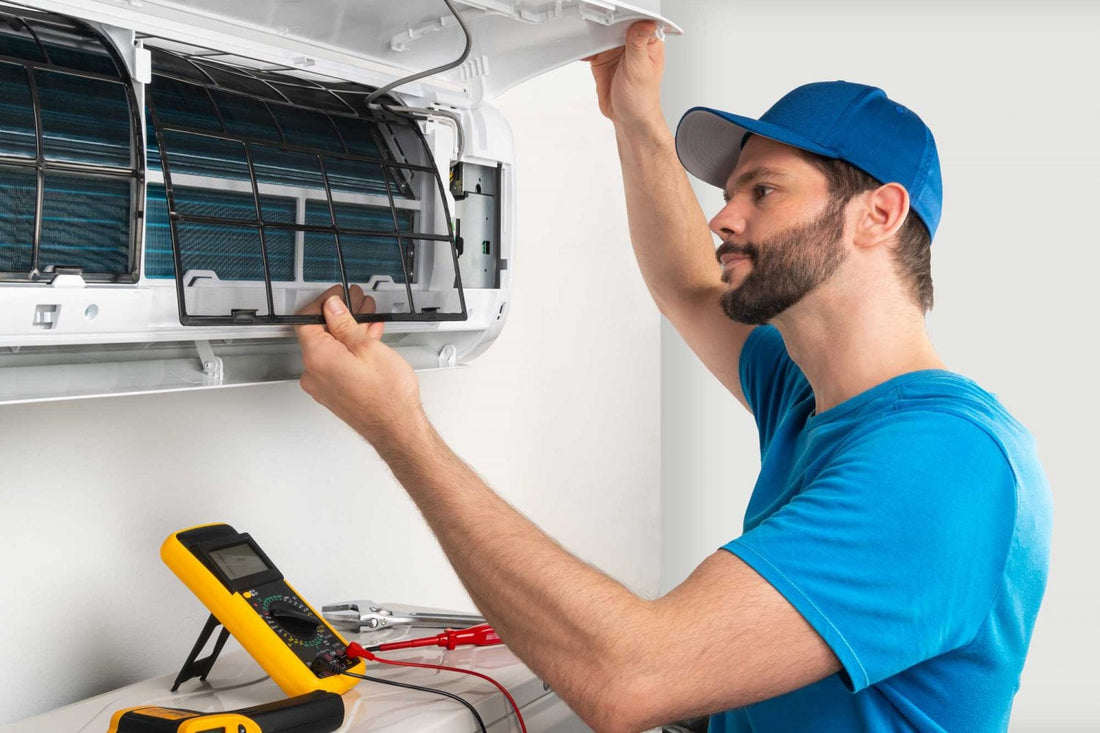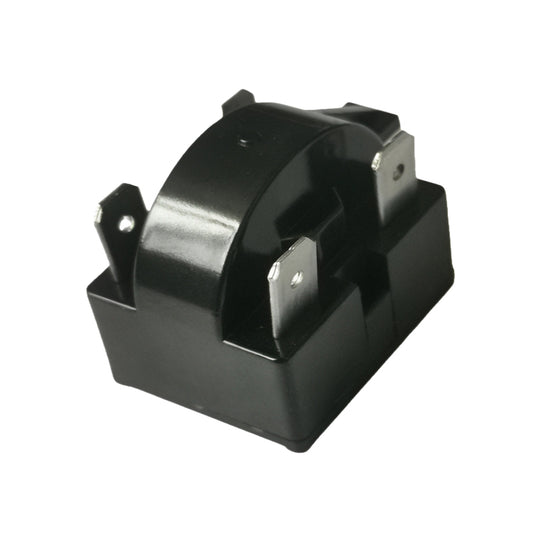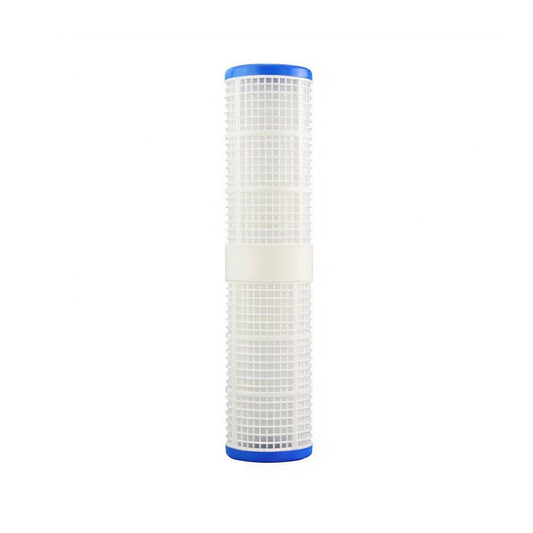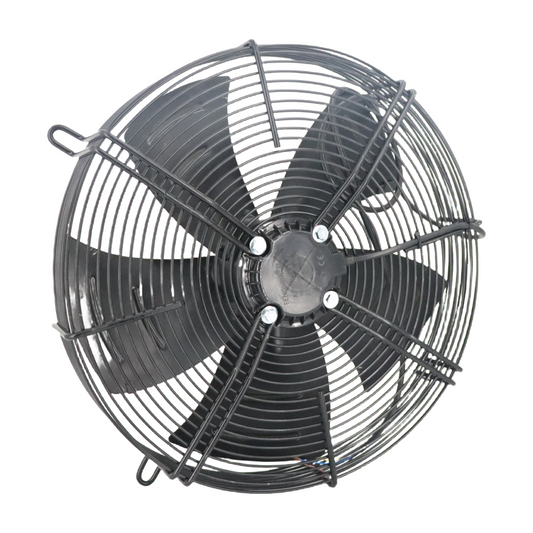Maintaining a home is akin to caring for a living organism—regular upkeep and occasional repairs are essential to ensure its longevity and functionality. However, wear and tear are inevitable, and components within a home may require replacement over time. From plumbing fixtures to electrical components and beyond, understanding the world of home replacement parts is crucial for every homeowner. In this comprehensive guide, we will delve into the various types of replacement parts commonly needed for homes, how to identify when they are needed, where to source them, and how to install them safely and effectively.
Identifying When Replacement Parts are Needed
Recognizing when replacement parts are required is the first step in maintaining a well-functioning home. Common signs include leaks, strange noises, reduced efficiency, or complete failure of a system. For instance, a leaking faucet might indicate a worn-out washer or O-ring, while flickering lights could signify faulty electrical connections. Regular inspections can help catch these issues early on, preventing further damage and minimizing repair costs.
Types of Replacement Parts
Replacement parts for homes encompass a wide range of items, catering to different systems and structures. Plumbing fixtures such as faucets, showerheads, and toilet components often require replacement due to wear or damage. Electrical components like switches, outlets, and circuit breakers may need upgrading to meet changing needs or to comply with safety standards. Additionally, HVAC systems, including filters, thermostats, and fan motors, demand periodic replacement to maintain efficiency and indoor air quality.
Where to Source Replacement Parts
Finding the right replacement parts can sometimes be challenging, but several avenues make the process easier. Local hardware stores typically stock a variety of common parts and offer knowledgeable staff to assist with selection. Online retailers provide a vast array of options, often at competitive prices, and doorstep delivery adds convenience. For specialized or obscure parts, contacting manufacturers or suppliers directly may be necessary. Moreover, salvage yards or recycling centers can be treasure troves for vintage or discontinued parts at discounted rates.
Installation and Safety
Installing replacement parts correctly is crucial for ensuring optimal performance and safety within the home. Following manufacturer guidelines and consulting instructional videos or manuals can aid in proper installation. For complex tasks or unfamiliar systems, seeking assistance from professionals is advisable to prevent damage or injury. Prioritizing safety measures such as turning off power sources, using appropriate tools, and wearing protective gear minimizes risks associated with DIY repairs.
Preventative Maintenance
Preventative maintenance plays a vital role in extending the lifespan of home systems and reducing the frequency of replacements. Regular cleaning, lubrication, and inspections help identify potential issues early on, preventing costly repairs down the line. Additionally, following recommended maintenance schedules provided by manufacturers for appliances and systems can optimize performance and efficiency.
In conclusion, understanding home replacement parts is essential for every homeowner. By recognizing when replacements are needed, knowing where to source the necessary parts, and ensuring safe and effective installation, homeowners can maintain a well-functioning and comfortable living space. Incorporating preventative maintenance practices further enhances the longevity of home systems, minimizing the need for replacements and saving time and money in the long run.
Sidebar
Recent Post
Featured
Refrigerator Starter 1-4 HP
Von $0.19 USD
Von $0.19 USD
26 Inch Big Fishbone Water Filter Cartridge
$5.10 USD
$5.10 USD
Air Conditioner Axial Fan Three Phase - Wind Suction
Von $14.84 USD
Von $14.84 USD
The Ultimate Guide to Home Replacement Parts: A Comprehensive Overview

Unlock the secrets of home maintenance with our comprehensive guide to replacement parts. Learn to identify signs indicating replacement needs, from leaky faucets to flickering lights. Discover the wide array of replacement parts available for plumbing, electrical, and HVAC systems. Find out where to source these parts, whether at local hardware stores, online retailers, or specialized suppliers. Ensure safe and effective installation by following manufacturer guidelines and prioritizing safety measures. Plus, master preventative maintenance techniques to extend the lifespan of home systems and minimize replacement costs. With this ultimate guide, homeowners can confidently navigate the world of home replacement parts and maintain a functional and comfortable living space.








